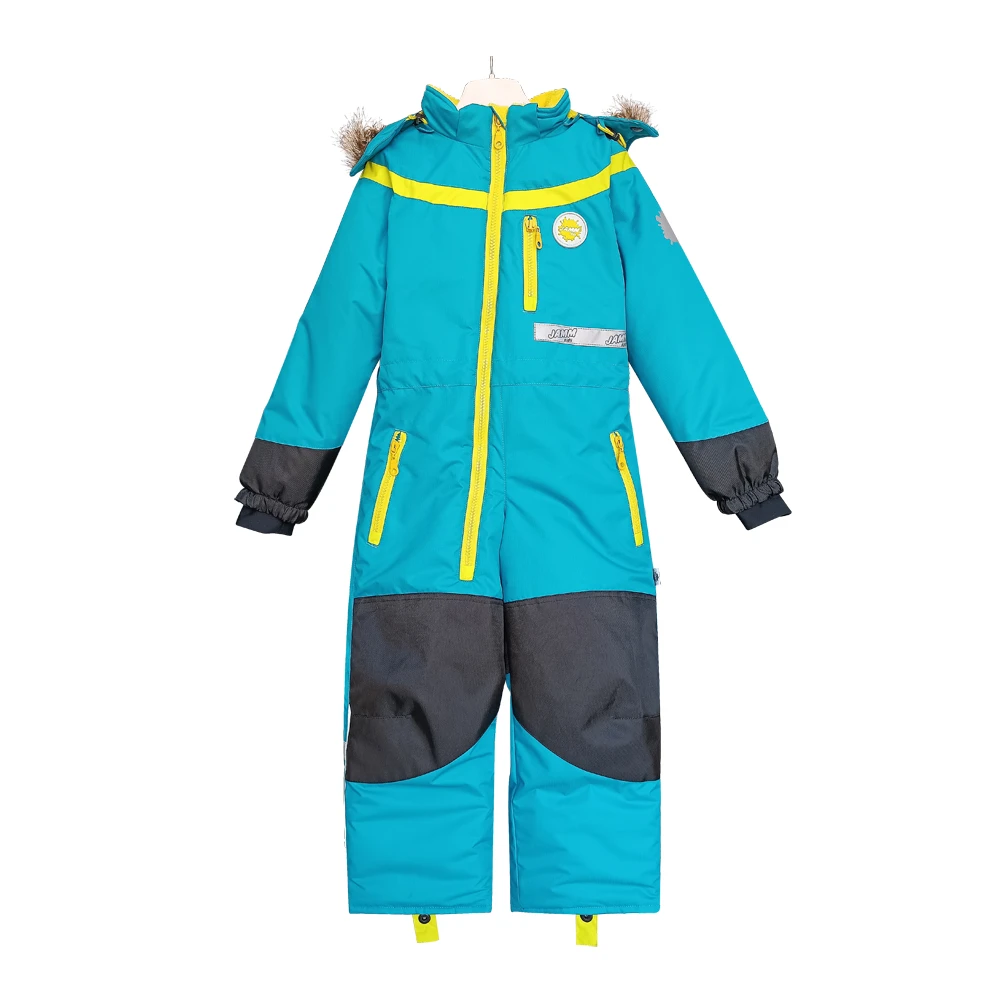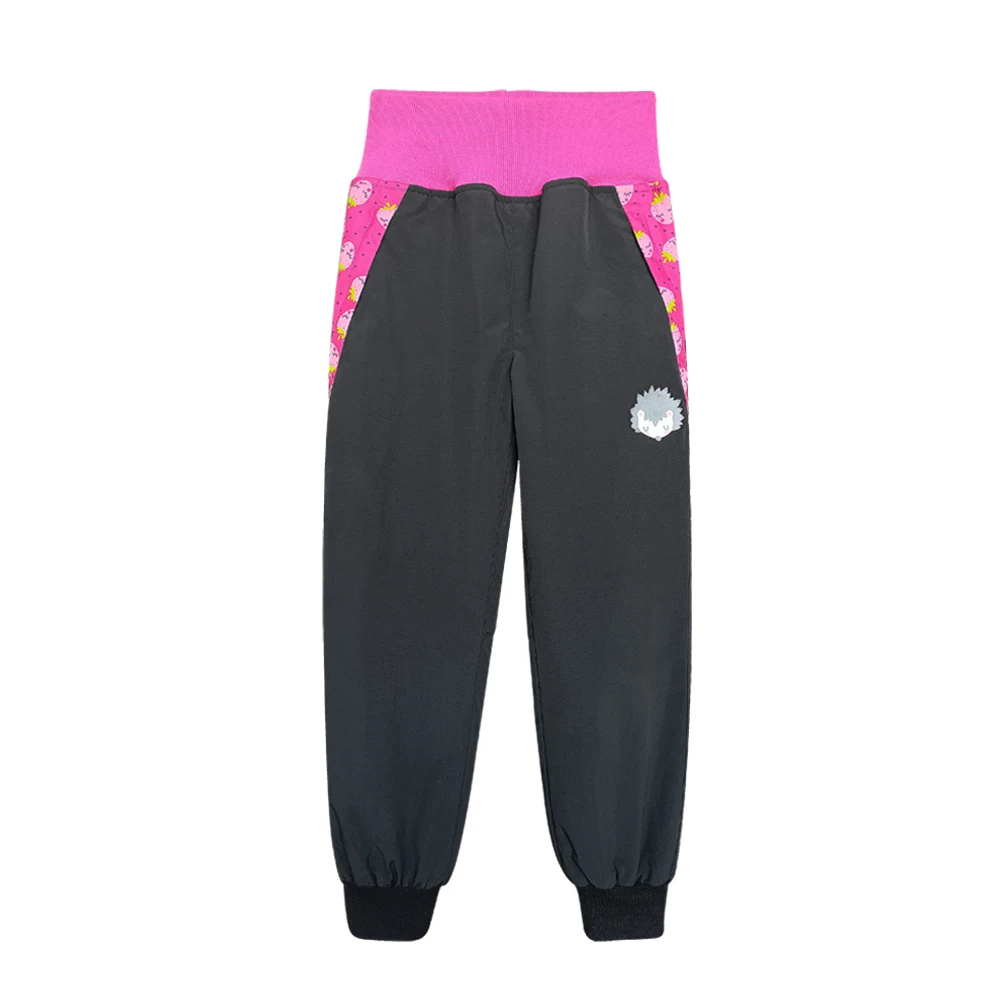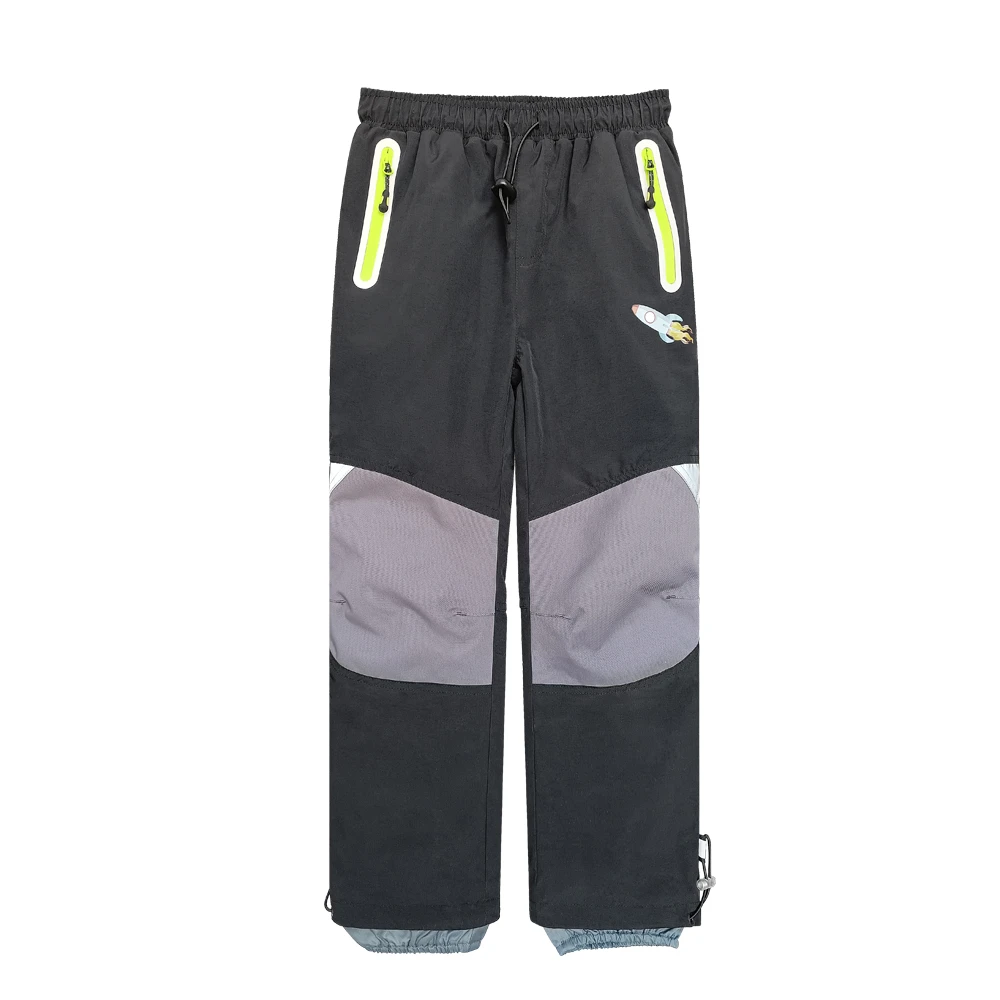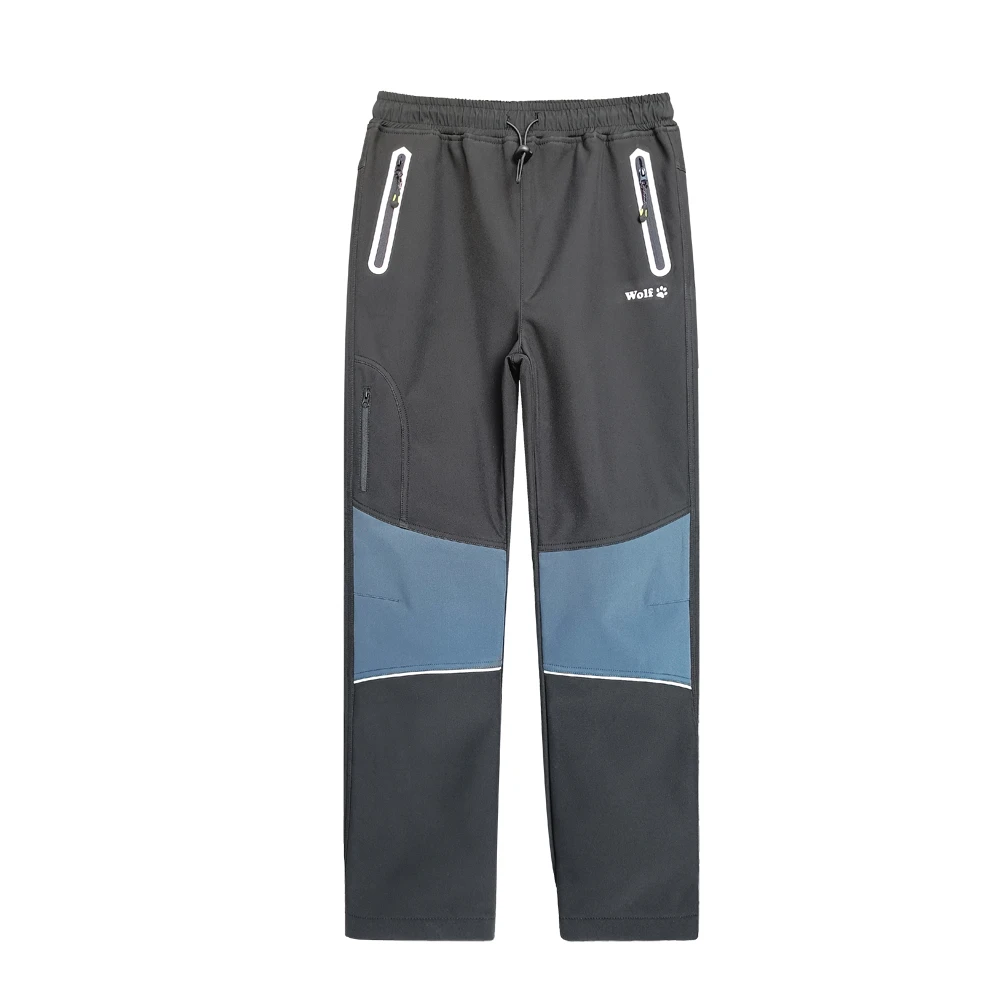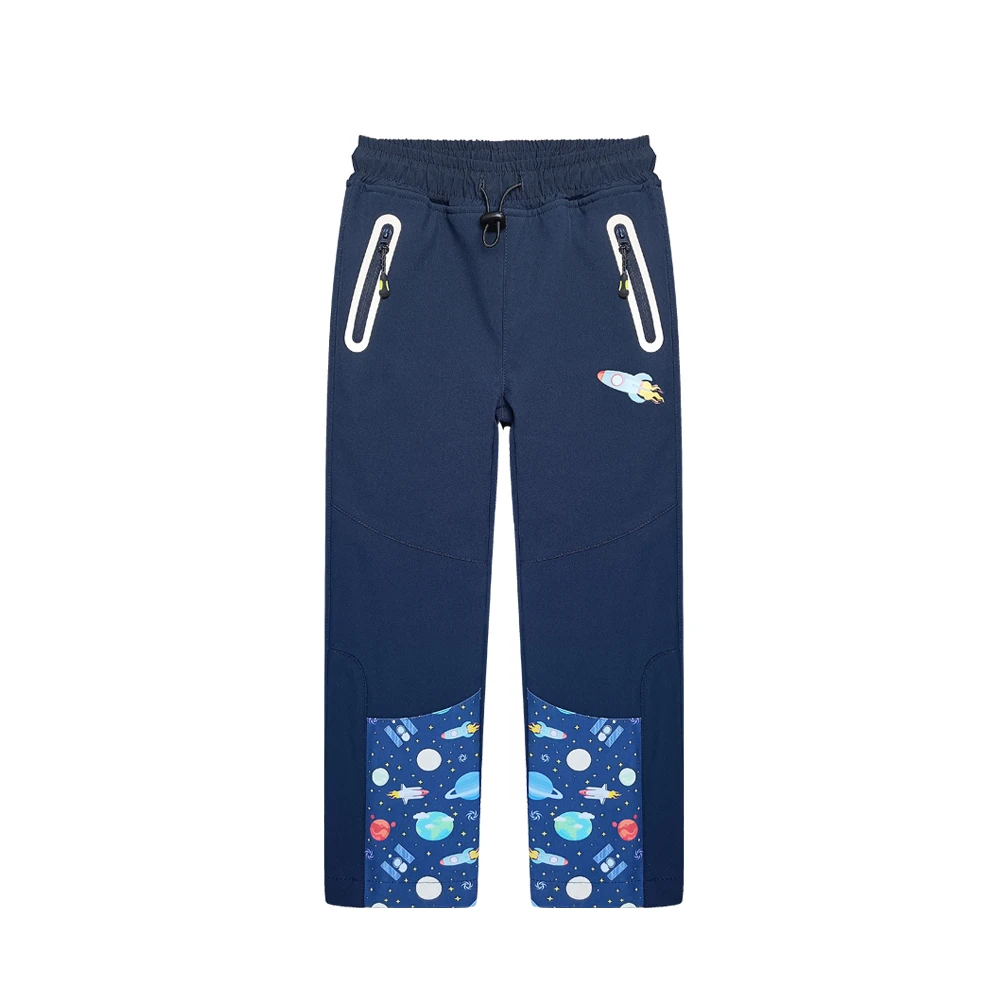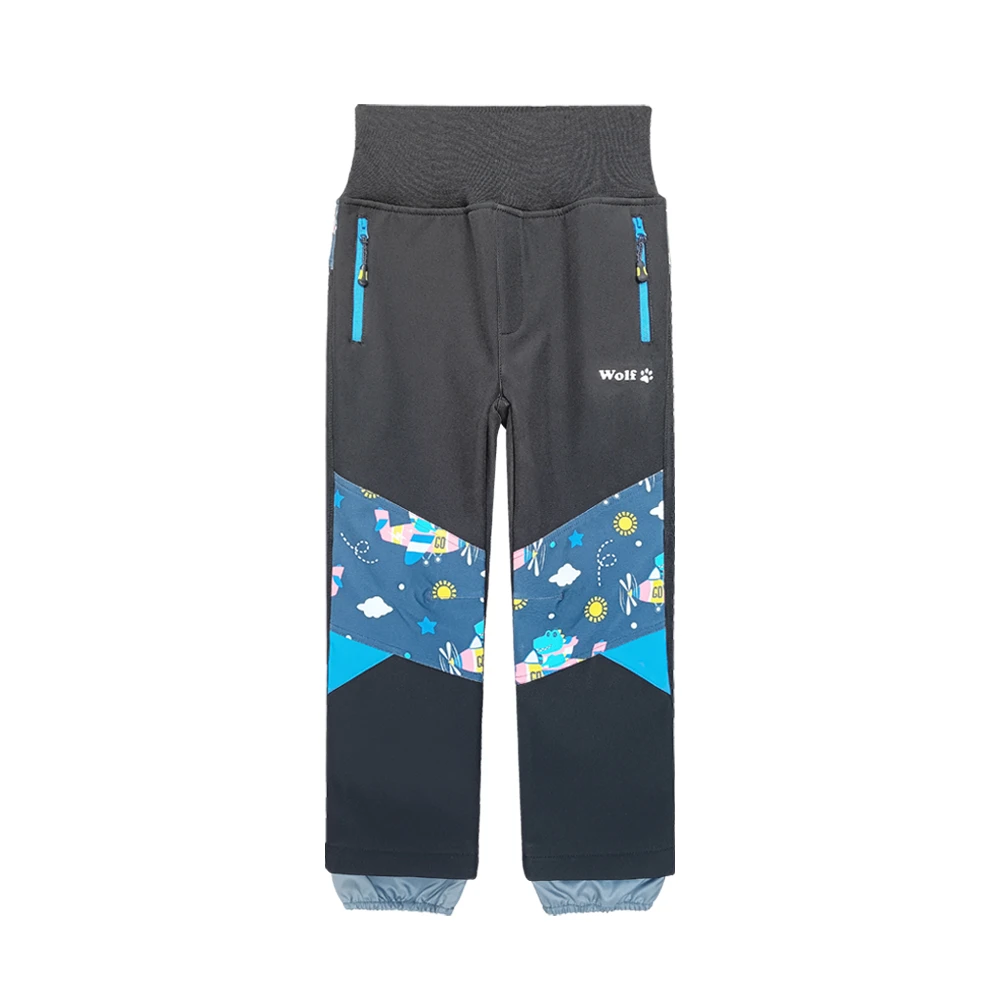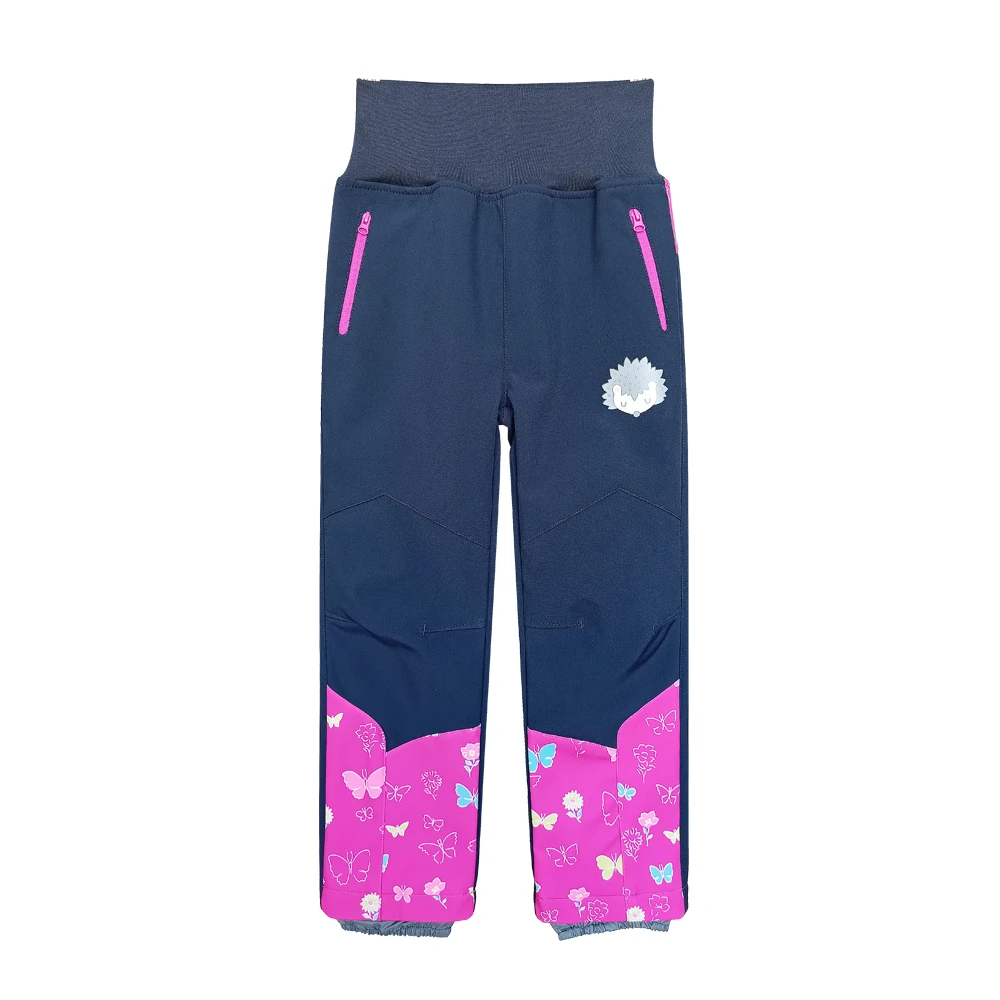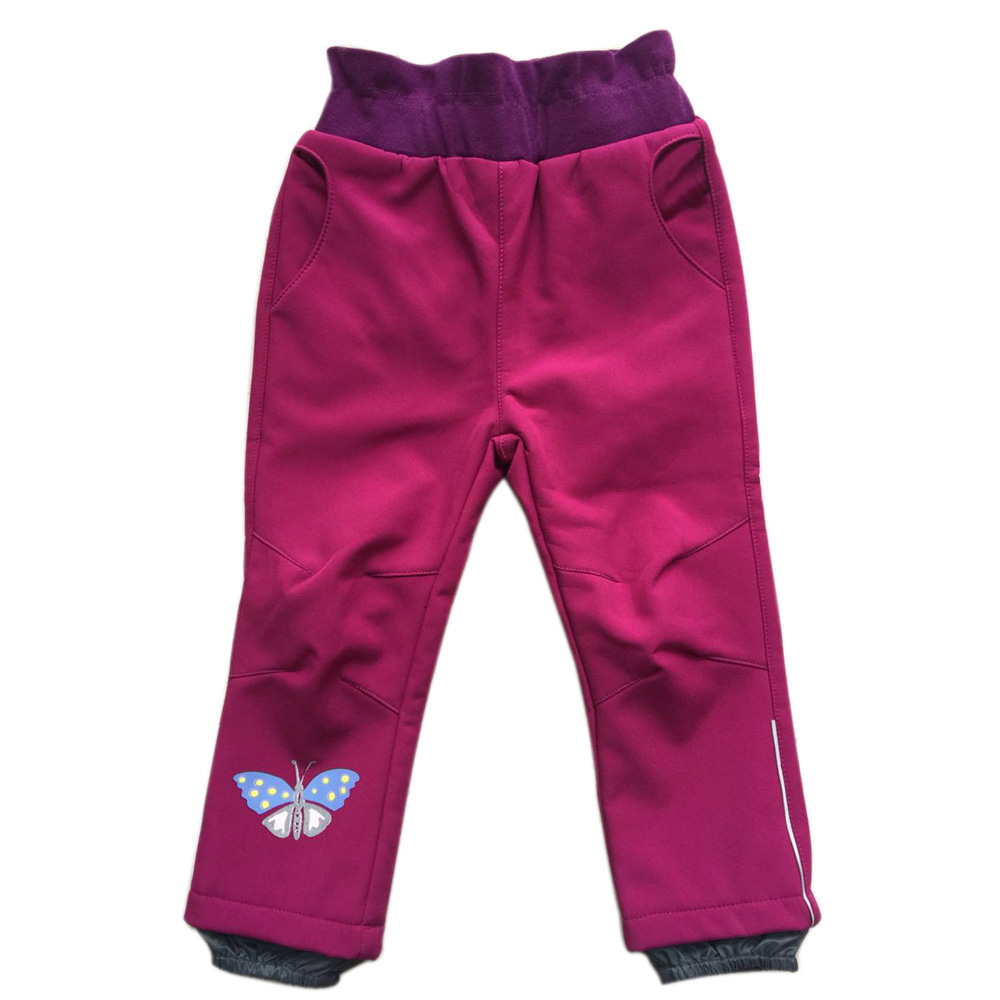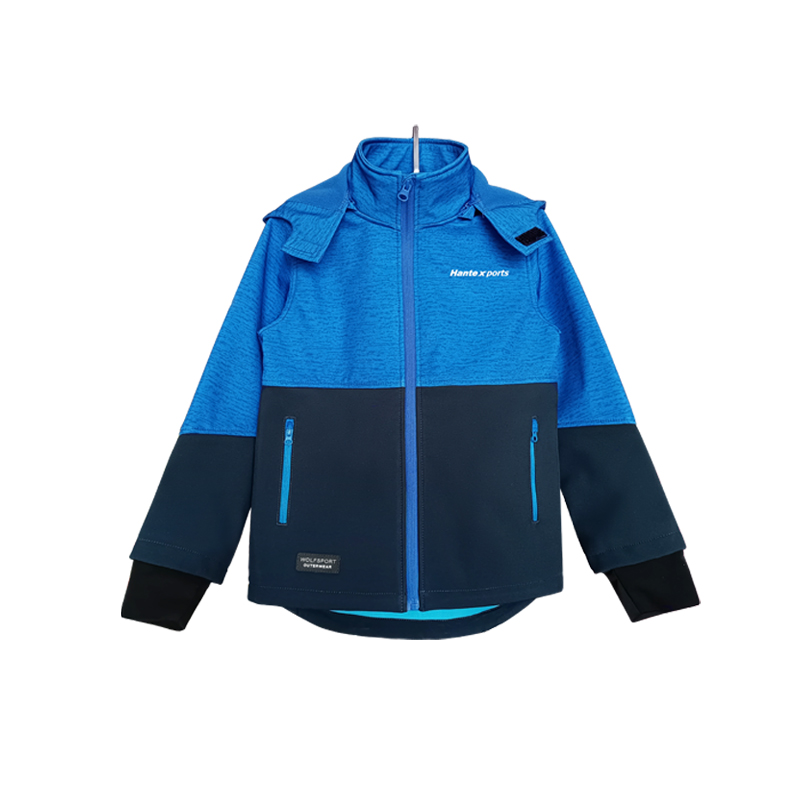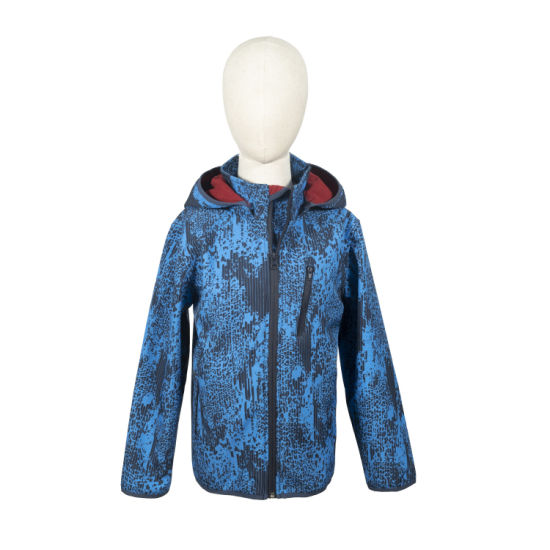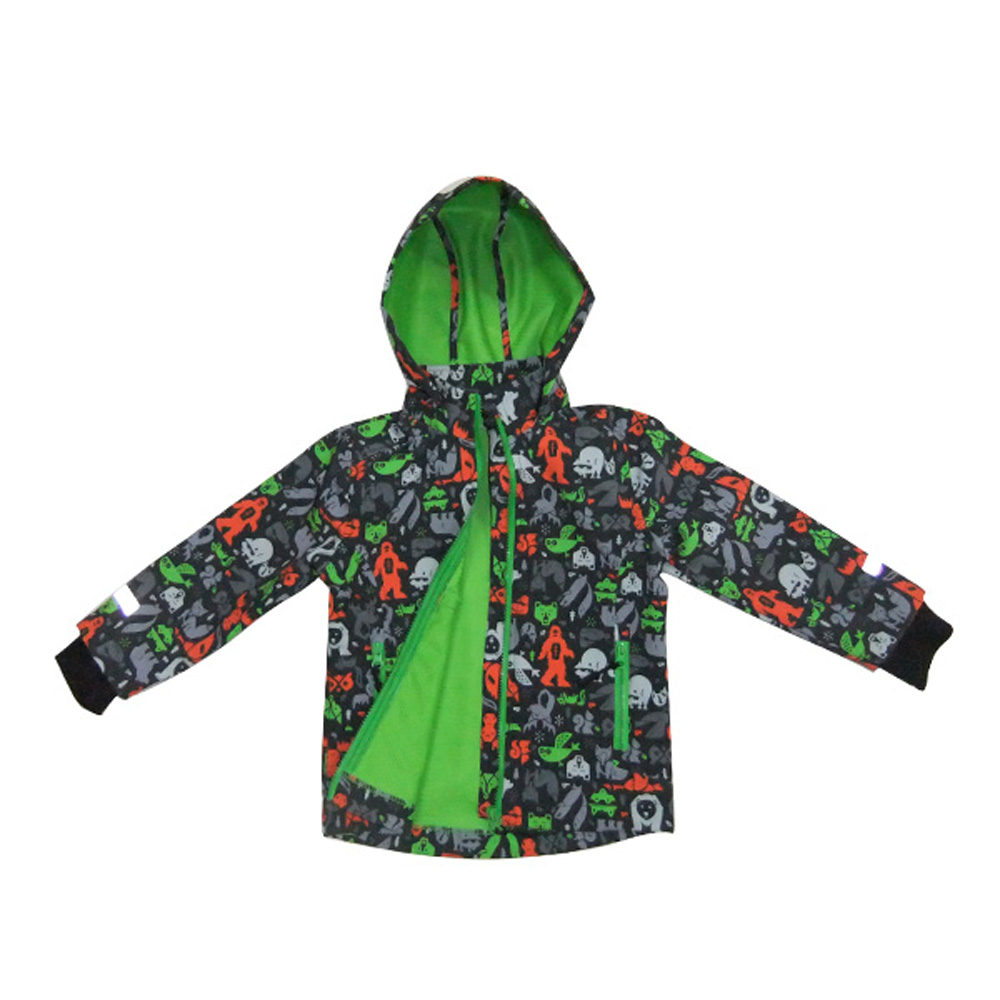A Field Note on the [100% Cotton Babysuit]
Babywear seems simple until you start looking at fiber specs, snap compliance, and wash performance. I’ve handled more bodysuits than I’d admit at a dinner party, and this one—let’s just say it’s the kind of staple buyers quietly reorder. The fabric is soft, yes, but also engineered with the sort of consistency retailers crave.

What’s driving the category
Three industry trends keep popping up: OEKO-TEX Class I demand, nickel-free hardware, and durable prints that survive daycare-level laundering. Retailers also ask for sensible MOQs and clear testing reports. In other words, quality plus predictability. The 100% Cotton Babysuit rides this wave with a straightforward spec sheet and—surprisingly—solid post-wash shape retention.
Key specifications
| Model No. | BR-22W07 |
| Material | 100% combed cotton, ≈180–200 gsm jersey |
| Style / Season | Long-sleeve coverall, Button-up collar; Spring / Autumn / Winter |
| Age / Stature | 0–24 months; stature ≈97–107 cm (per vendor sheet) |
| Hardware | Nickel-free snaps; CPSIA-compliant |
| Colorfastness | AATCC 61: 4–4.5 (typical lab data; real-world use may vary) |
| Shrinkage | AATCC 135: within ±3–5% after 3 washes |
| Certifications | OEKO-TEX Standard 100 Class I; ISO 9001 factory |

Process flow: from yarn to onesie
- Materials: combed ring-spun cotton; reactive dyeing for deeper, more wash-stable colors.
- Methods: single-jersey knitting → enzyme + biowash → cut-and-sew → snap attachment with pull test → final QC.
- Testing standards: AATCC 135/61, ASTM D5034 (grab tensile), CPSIA lead/phthalate limits, needle detection.
- Service life: typically 50+ home wash cycles without significant pilling (in my testing, shape held nicely).
- Industries served: baby apparel retail, hospital gift shops, corporate gifting, subscription boxes.
Advantages and real use
Parents tell us the 100% Cotton Babysuit “breathes better at night.” The fabric is soft out of the bag—no scratchy tags, no odd chemical smell. Snaps align easily (this matters during a 3 a.m. change, trust me). Sizing runs consistent, though I’d always advise checking the brand’s chart.
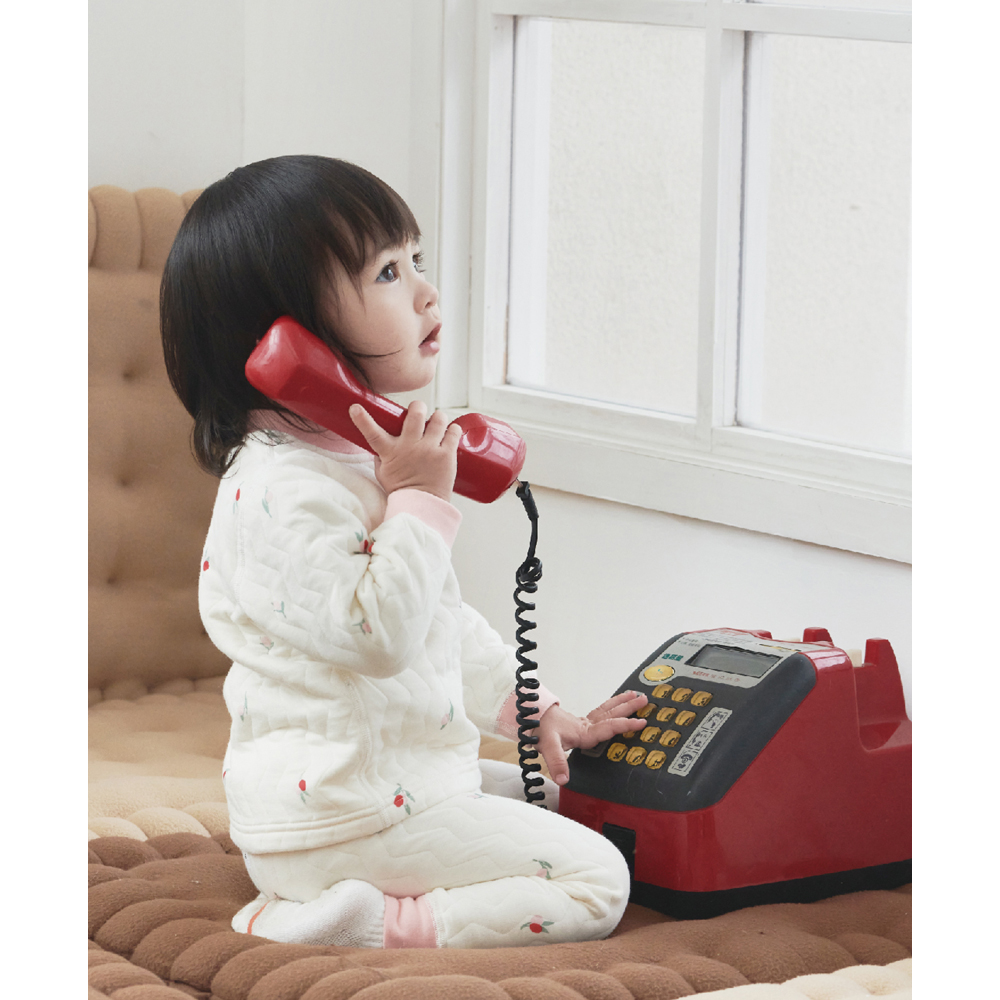
Vendor comparison (snapshot)
| Vendor | MOQ | Lead Time | Certs | Notes |
|---|---|---|---|---|
| Softshell Clothing (Shijiazhuang) | ≈500 pcs/color | 25–35 days | OEKO-TEX, ISO 9001 | Stable cotton supply; address: No.173, Shuiyuan Str., Shijiazhuang, China |
| Factory A (generic) | 1000+ | 30–45 days | Varies | May upcharge for nickel-free snaps |
| Marketplace brand | N/A | In stock | Label claims only | Specs inconsistent by batch |
Customization
Private labels usually ask for Pantone-matched dyes, interior size prints (no tags), and custom packaging. The 100% Cotton Babysuit can support water-based prints or low-temp heat transfers; puff and metallic inks are possible but test for crocking first.
Case study (quick)
A boutique chain in Northern Europe shifted to this SKU for winter layettes. Returns dropped by ~18% quarter-over-quarter, mostly due to better snap alignment and fewer size complaints. Anecdotal? Sure. But the reorder came fast.
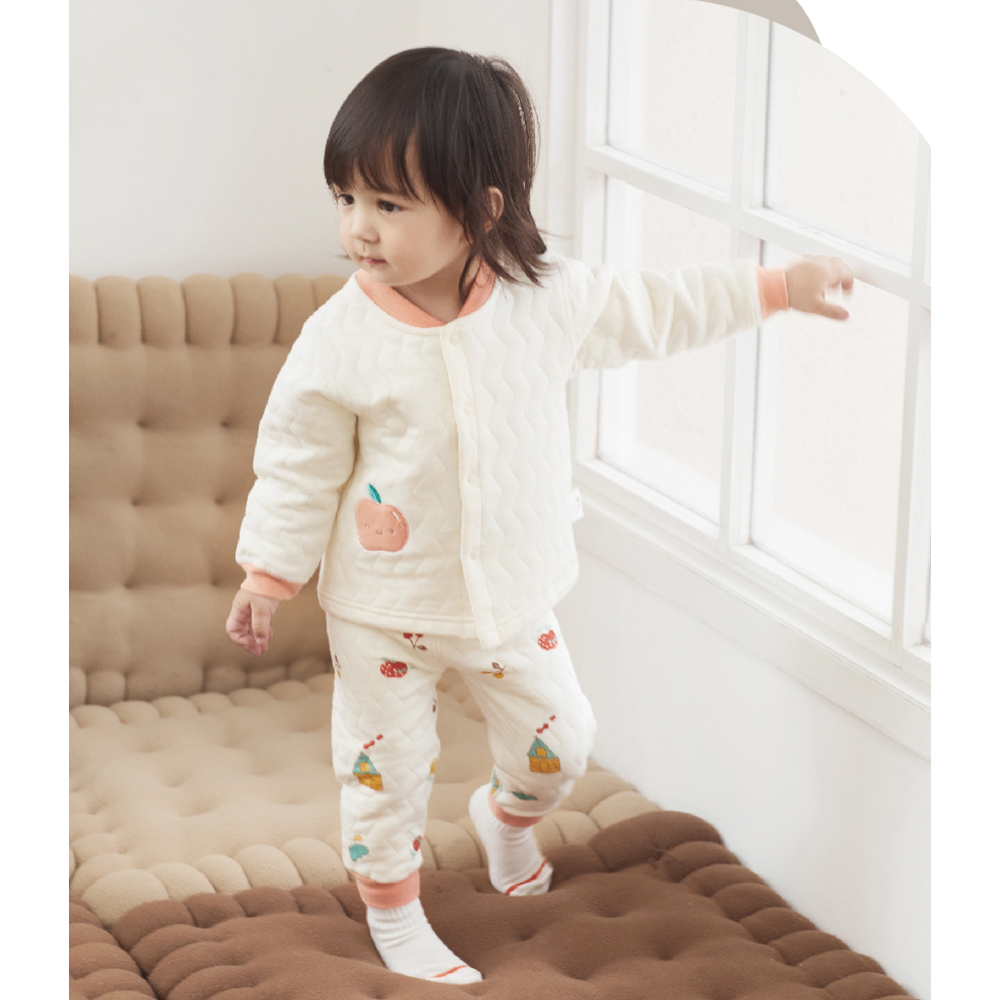
Compliance and test data (abridged)
- CPSIA: lead in substrate/paint within limits; small-parts rules observed.
- OEKO-TEX Class I: suitable for baby articles.
- Typical lab: tensile (ASTM D5034) meets ≥180 N warp/≥140 N weft on 190 gsm jersey.
- Colorfastness: AATCC 61 Grade 4+; perspiration AATCC 15 Grade 4 (light shades slightly higher)
Note: figures are typical; batch and real-world laundering may vary. Always review the latest COA/test reports before large commitments.
Citations
- OEKO-TEX Standard 100, Product Class I.
- CPSIA (16 CFR 1500/1501/1303) Children’s Product Safety Rules.
- AATCC 135 Dimensional Changes of Fabrics after Home Laundering.
- AATCC 61 Colorfastness to Laundering, Home and Commercial.
- ASTM D5034 Standard Test Method for Breaking Strength and Elongation of Textile Fabrics (Grab Test).
- ISO 9001 Quality Management Systems (Factory certification).
